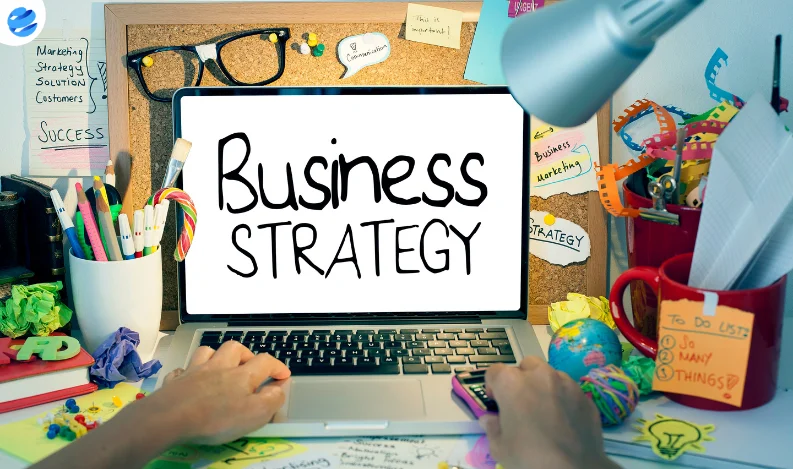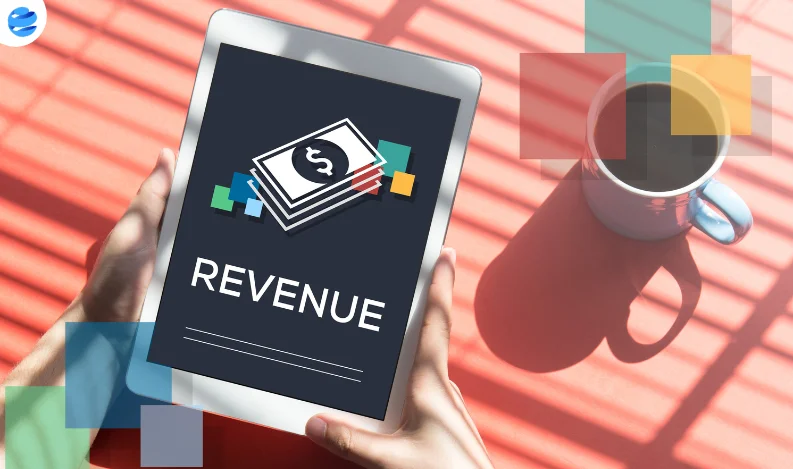As the workplace continues to evolve, so does the role of leadership. The future of team leadership lies in a multimodal approach, where leaders adapt to diverse work environments, embrace multiple communication methods, and foster collaboration across different modalities. In an age where hybrid work models and global teams are the norm, leaders must evolve from traditional management styles to dynamic, flexible strategies that accommodate the complexities of the modern workforce. This article explores the concept of multimodal leadership and provides actionable insights on how leaders can thrive in this new era.
What Does Multimodal Leadership Mean?
Multimodal leadership refers to the ability to adapt leadership styles, tools, and methods to suit varying contexts, team dynamics, and communication needs. It’s about recognizing that no single approach works for every situation or team member.
Key elements of multimodal leadership include:
- Flexibility: The capacity to pivot between leadership styles, such as coaching, directive, or collaborative, based on the situation.
- Diverse Communication Channels: Mastery of synchronous (real-time) and asynchronous (delayed) communication methods to engage team members effectively.
- Cultural and Contextual Awareness: Understanding and respecting cultural differences, work preferences, and team structures.
- Technological Proficiency: Leveraging digital tools to connect, manage, and empower teams, whether in-office, remote, or hybrid.
Why Multimodal Leadership Is the Future
-
Adapting to Hybrid Work Models With hybrid work here to stay, leaders must manage teams split between physical offices and remote locations. A multimodal leader knows when to host virtual meetings, how to foster collaboration across time zones, and how to maintain team cohesion.
Example: A leader might use asynchronous tools like Slack or Trello for updates while scheduling in-person or video meetings for brainstorming sessions.
-
Enhancing Communication Effectiveness Different team members prefer different modes of communication. Some thrive in face-to-face interactions, while others excel in written or asynchronous formats. Multimodal leadership ensures every voice is heard, regardless of the platform.
Tip: Combine video calls for personal connections, instant messaging for quick updates, and collaborative documents for ongoing projects.
-
Managing Diverse Teams As globalization increases, teams are becoming more diverse in culture, language, and work styles. Multimodal leaders tailor their approach to meet the unique needs of their team members, fostering inclusivity and engagement.
Example: A leader might adjust meeting times to accommodate international time zones or use translation tools to overcome language barriers.
-
Leveraging Technology for Collaboration Multimodal leaders embrace tools like project management platforms, virtual whiteboards, and AI-driven analytics to enhance team performance. These tools enable seamless collaboration, even in distributed teams.
Example: Using tools like Miro for brainstorming or Microsoft Teams for integrated communication ensures everyone stays aligned.
-
Building Resilient Teams The ability to switch modalities allows leaders to navigate disruptions, such as sudden remote transitions or unexpected challenges. Multimodal leadership ensures teams remain connected and productive, regardless of external circumstances.
How to Develop Multimodal Leadership Skills
-
Understand Your Team Conduct surveys or one-on-one meetings to learn your team’s preferences, strengths, and challenges. Use this information to tailor your leadership style to their needs.
Actionable Idea: Create team profiles that include communication preferences, work styles, and motivational factors.
-
Master Multiple Communication Channels Develop proficiency in tools like Zoom, Slack, and collaborative software to connect with your team effectively. Learn to balance real-time interactions with asynchronous updates.
Tip: Use video calls for personal discussions and asynchronous tools like Notion for updates that don’t require immediate responses.
-
Foster Psychological Safety Encourage open communication by creating a safe space where team members feel valued and respected. Multimodal leaders promote trust, ensuring that all team members can contribute freely.
-
Invest in Technology and Training Stay updated on the latest tools and platforms that support multimodal collaboration. Train your team to use these technologies effectively.
-
Develop Emotional Intelligence The ability to empathize and adapt to different personalities is key to multimodal leadership. Understand what motivates each team member and adjust your approach accordingly.
The Benefits of Multimodal Leadership
-
Stronger Team Cohesion: Leaders who adapt to multiple modalities create an inclusive environment where all team members feel connected.
- Improved Productivity: Tailored approaches ensure that tasks are completed efficiently, without miscommunication or delays.
- Greater Flexibility: Multimodal leaders can navigate disruptions or changes with ease, maintaining stability in uncertain times.
- Enhanced Employee Satisfaction: A leadership style that respects individual preferences fosters loyalty and engagement.
Conclusion: Leading the Future, Today
Multimodal leadership isn’t just a buzzword—it’s a necessity for navigating the complexities of modern work environments. By adopting a flexible, inclusive, and tech-savvy approach, leaders can build resilient teams that thrive in any setting.
As organizations continue to embrace hybrid models and global collaborations, the ability to lead multimodally will define the leaders of tomorrow. The question is, are you ready to adapt and lead the future?
You may also like:-














